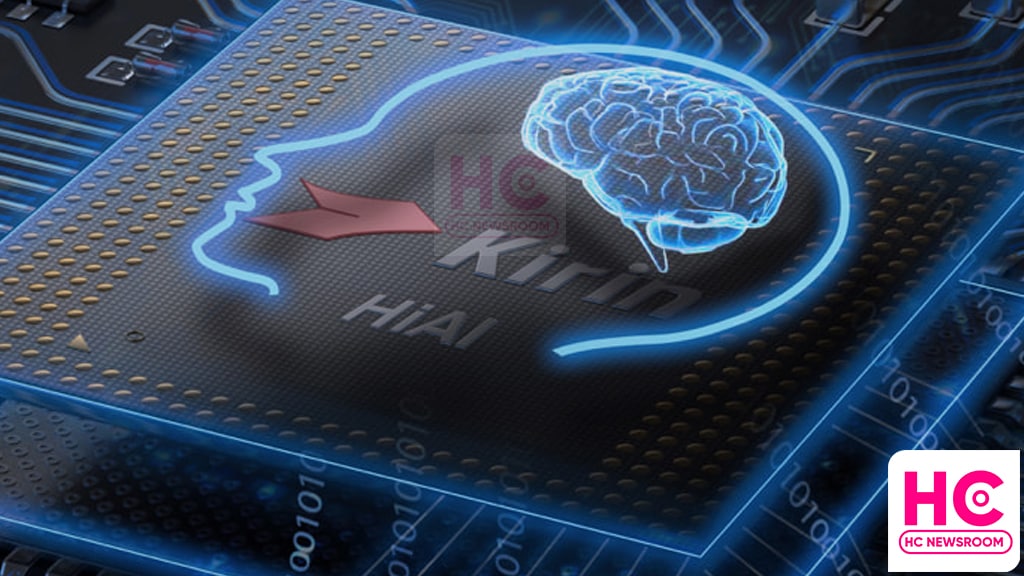News
Here’s when Huawei Kirin chipset began its journey

Despite challenges, Huawei HiSilicon is still working in the background to research new chipset technologies that will decide Kirin‘s future. However, we’re here to talk about how Kirin began its journey in the early days and we’ll check the earliest Huawei Kirin chipsets that built a foundation of Kirin chipsets.
In 2009, the Huawei HiSilicon launched the K3 platform, the first mobile application processor self-developed by the Chinese tech maker. It can be said that the K3 platform is the birth of Huawei’s self-developed chipsets.
The first-generation K3V1 chip uses a 110nm process technology. Then, Huawei produced the second-generation K3V2 chip in 2012 which uses a 40nm chip process with ARM quad-core architecture including Cortex-A9 L1: 32 KB instruction + 32 KB data, L2: 1 MB microarchitecture. There’s also a K3V2E chip released in 2013.
The third-generation K3V3 chip, very few people know about this chip, but according to some news, k3v3 was finally renamed Kirin 620, using a 28nm process. This chipset debuted in 2015 and it’s the first Huawei octa-core chip in a smartphone.
It can be said that the entire HiSilicon K3 platform has laid the foundation for Huawei’s independent research and development of chips, and it is a very solid foundation. More than ten years have passed by in a snap of the fingers, it was a great journey for Huawei Kirin.
A journey that led us to Kirin 9000, Kirin 9000E, Kirin 990 5G, Kirin 990, Kirin 980, Kirin 970, Kirin 960, Kirin 950, Kirin 930, Kirin 920, Kirin 910, Kirin 985, Kirin 820, Kirin 810, Kirin 710, Kirin 650, and Kirin 620.
However, the journey is taking us forward and there’s a lot that may lead us to the upcoming challenges. Additionally, there are speculations that Kirin may not return again but there are some that hint that the company is under preparations.
There’s a lot of enthusiasm in the Huawei community and we’ll wait patiently to find the unknown (current).







